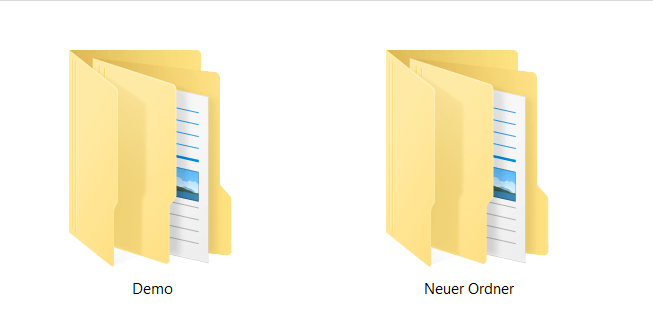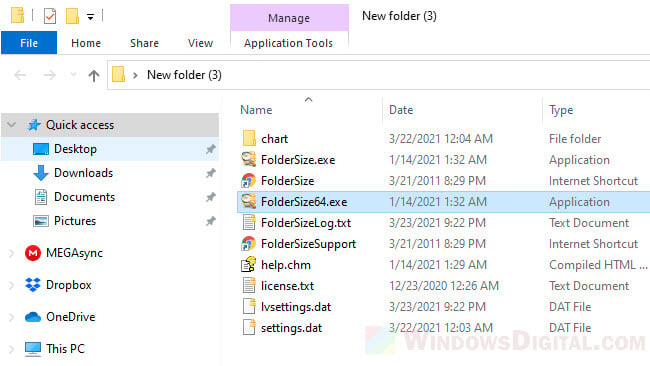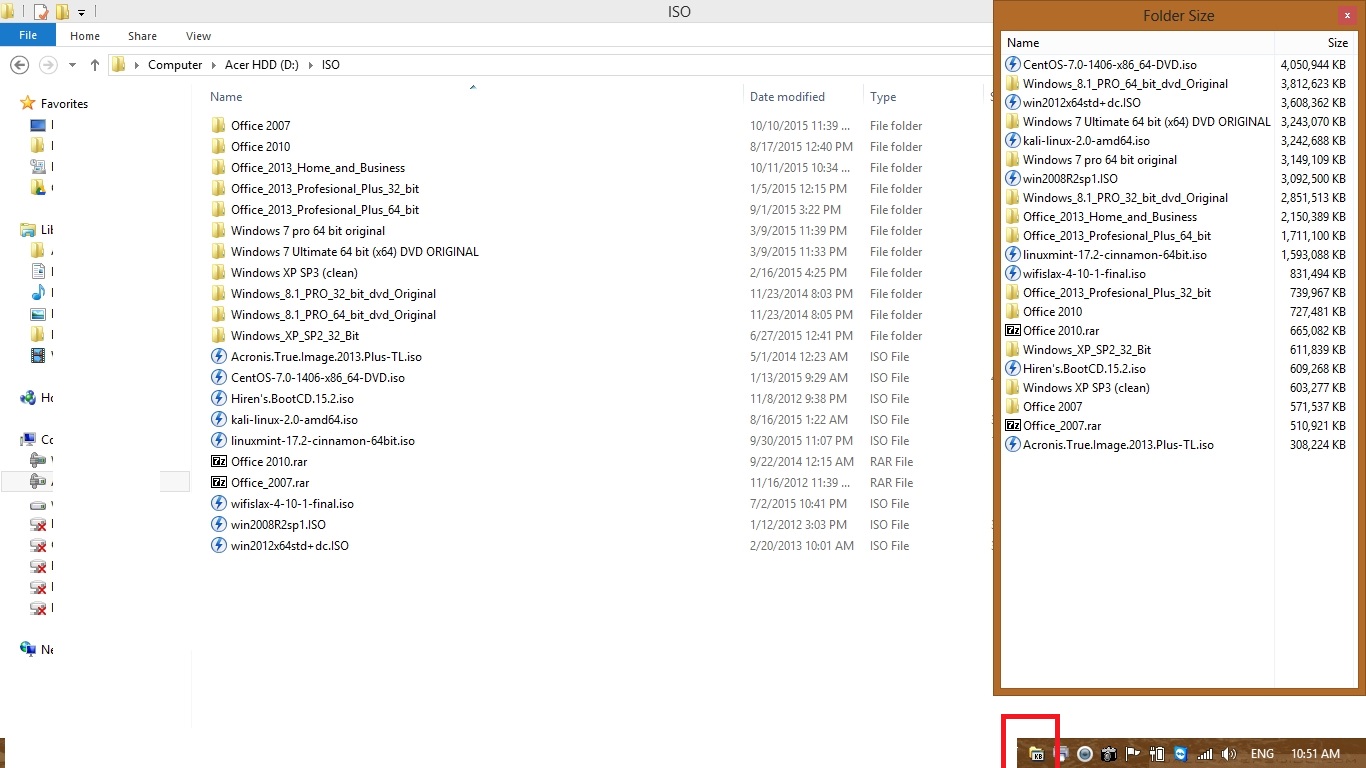

Folder Size Explorer is a simple and fast disk space analyser that also providesĪlmost all the functionality of the standard Windows Explorer. This will give you a count of the files and folders, and the total size of everything. It can also calculate checksums (MD-5, SHA-1, SHA-256 and SHA-512) ofĪll your files and can export Windows Explorer folder and file lists to csv files. Go to the base folder of each, right-click, and selected properties. Quickly indentify directories on your hard drive or network that are consuming the most disk space. Folder Size Explorer calculates folder sizes as you browse them and allows you to Ideally, simple UI behaviour would handle many usage styles: small or maximized Explorer windows, single or multiple monitors, etc.Folder Size Explorer is similar to Windows Explorer except it calculates folder sizes.

The popups auto-size and position, but it's tricky. Popup windows frequently cover up Explorer's Close button. This would work better with multiple accounts in Windows XP too.īackground scanning is not optimized: Windows Vista/7/8 support I/O priorities, which should be used to keep scanning fast while keeping the system responsive. The service already does this internally. Step 3: Right-click on the folder and then choose Properties. Folder Size to darmowe narzdzie, które potrafi oszacowa jaki procent przestrzeni dyskowej zajmuj konkretne dane - wskazane pliki lub foldery. Step 2: Navigate to the directory where that folder is saved. If you want to check folder size for any particular folder then follow these steps: Step 1: Open the file explorer with the Windows + E key on your keyboard. The system-permissions service should really be abandoned in favour of user-level caches. Method 1: Check folder size in File Explorer. The background service is difficult to manage with Windows's UAC model. I've started this, but it's not working yet. it does not show the size of folders or sort by folder size. This has the effect of making the Windows directory appear larger than it really is! I think the best solution is to split Size into two concepts: Logical Size and Physical size. windows explorer is somehow stuck to internet explorer.

Sizes are difficult to interpret correctly! Since Windows Vista, the system makes use of hard links, where the same physical file can appear in multiple directory entries.


 0 kommentar(er)
0 kommentar(er)
